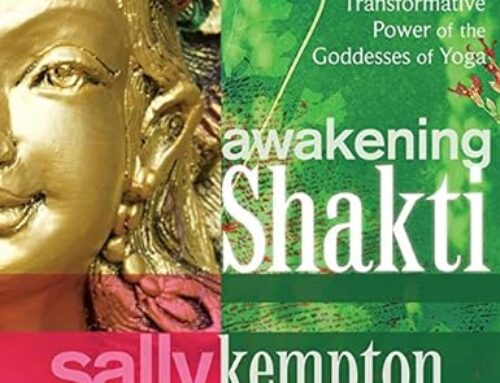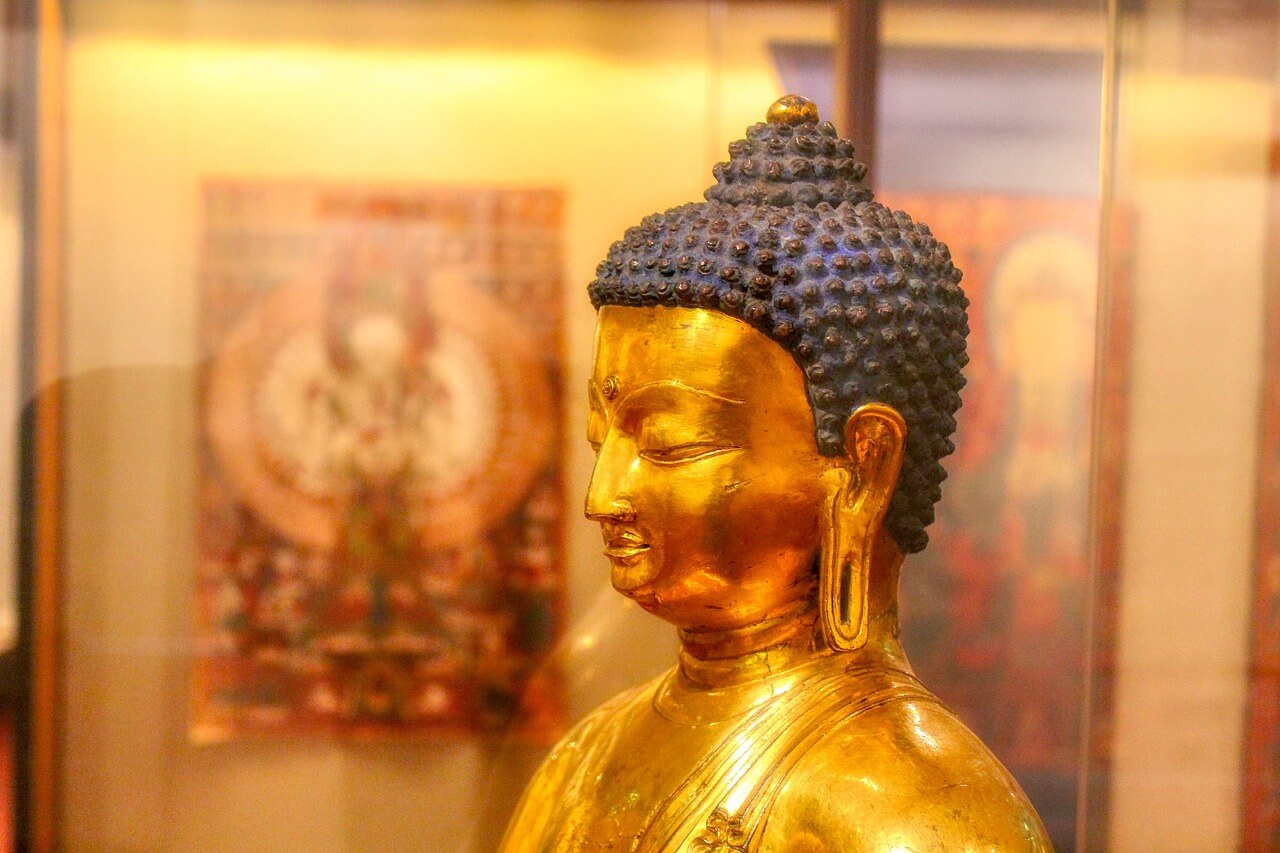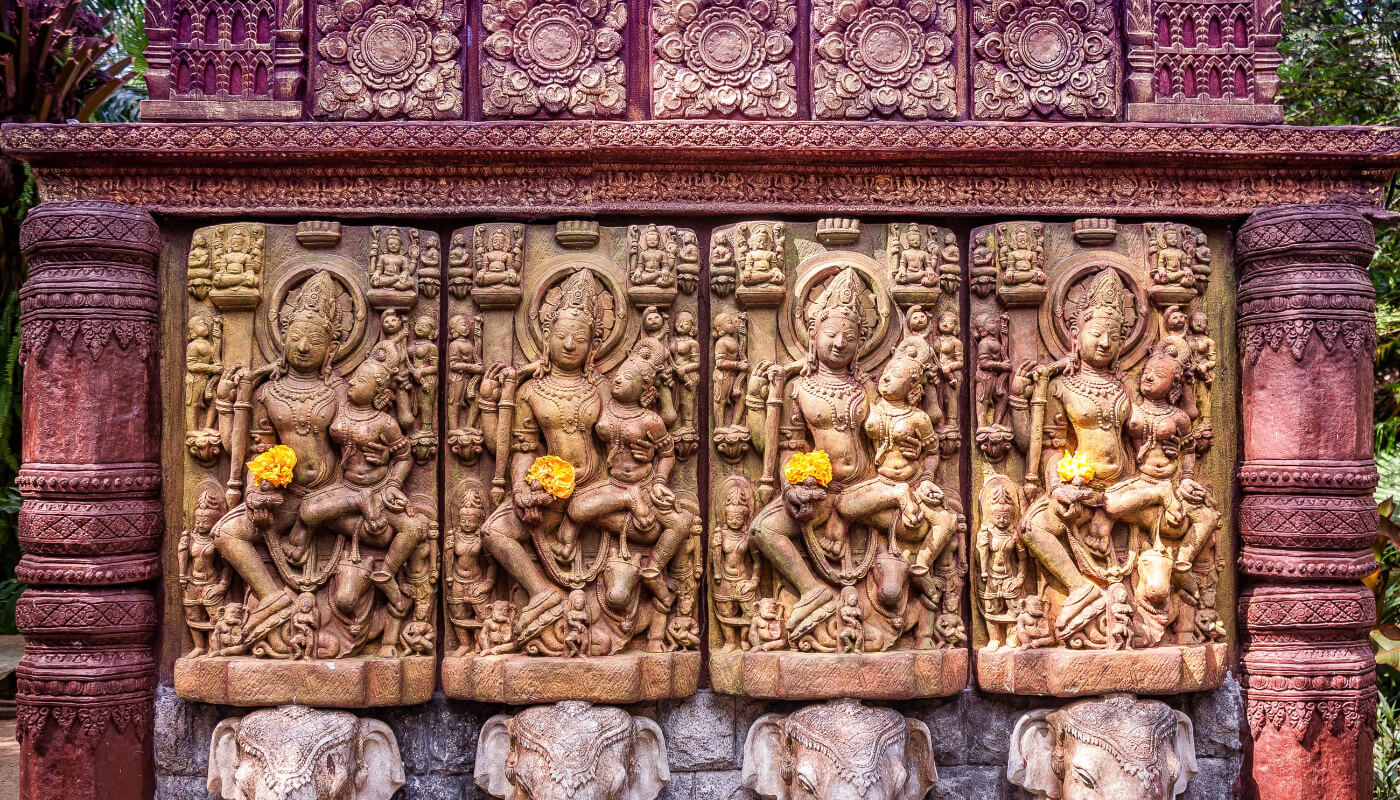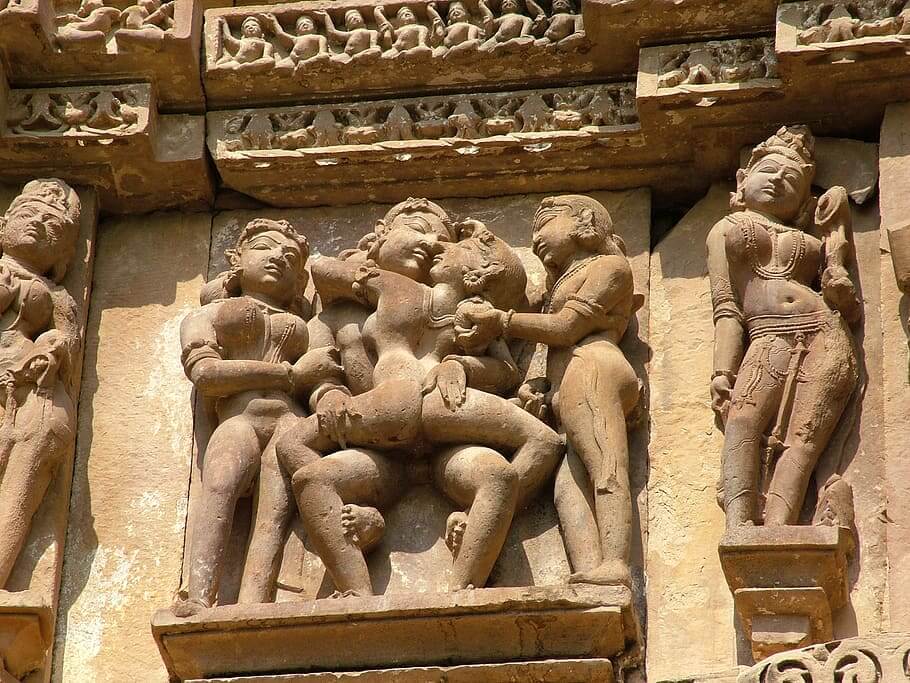
Tantra is an ancient spiritual and philosophical tradition that began in what was formerly known as Bharat, in India. It includes a diverse array of beliefs, practices, and rituals, presenting a comprehensive and intricate framework. Over millennia, Tantra has significantly influenced multiple cultures and has undergone considerable evolution. This article will explore several important facets and principles related to Tantra.
- Spiritual and Philosophical Tradition: Tantra is a spiritual path that seeks to achieve spiritual awakening, enlightenment, or union with the divine. It combines both philosophy and practical techniques to reach these goals.
- Holistic Approach: Tantra views the human being as a holistic entity, including the physical, emotional, mental, and spiritual aspects. It aims to integrate and harmonize these aspects to achieve personal and spiritual growth.
- Sacred Texts: Tantra has a rich tradition of sacred texts, including the Tantras, Agamas, and various scriptures. These texts contain teachings, rituals, and philosophical insights that are central to the practice of Tantra.
- Sacred Symbols and Deities: Tantra often involves the worship of deities, each representing different aspects of the divine. These deities are invoked through rituals and meditation to facilitate spiritual growth.
- Mantras and Yantras: Mantras (sacred sounds or chants) and yantras (sacred geometric diagrams) are essential tools in Tantra. They are used to focus the mind, invoke divine energy, and transform consciousness.
- Meditation and Visualization: Tantra places a strong emphasis on meditation and visualization practices. Practitioners may meditate on specific mantras, yantras, or deities to achieve higher states of consciousness.
- Kundalini Energy: Tantra teaches about the awakening of Kundalini energy, which is believed to be a dormant energy coiled at the base of the spine. Through various practices, this energy is said to ascend through the chakras, leading to spiritual awakening.
- Sexuality and Sensuality: Tantra is often associated with sexuality, but it’s important to note that its approach to sexuality is spiritual and sacred. Tantra aims to harness sexual energy for personal and spiritual transformation rather than for mere physical pleasure.
- Gurus and Lineages: Many Tantra traditions emphasize the importance of a guru (spiritual teacher) and a lineage. Gurus are considered essential guides on the path to spiritual realization.
- Diversity of Practices: Tantra is not a monolithic tradition but rather a diverse one with various schools and practices. It can be found in both Hindu and Buddhist contexts, as well as in non-religious or syncretic forms.
- Modern Interpretations: In the West, Tantra has been popularized and adapted in various ways, often focusing on aspects related to personal growth, relationships, and sexuality. However, these modern interpretations may differ significantly from traditional Tantra.
Tantra is a vast and nuanced tradition, and its practices and interpretations can vary widely depending on the specific lineage, school, or cultural context. It remains a subject of deep study and exploration for those interested in spiritual and personal development.
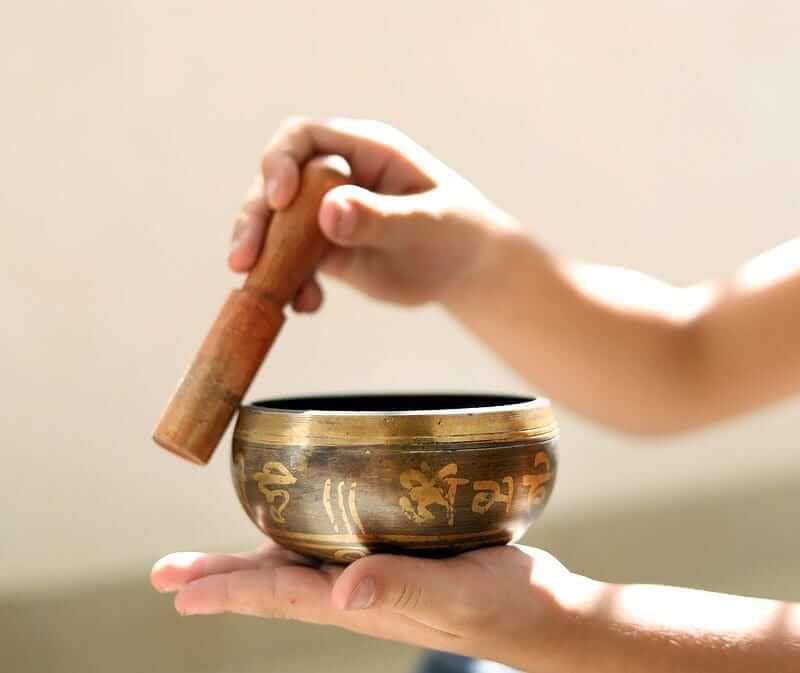
Agastya Muni, also known simply as Agastya or Sage Agastya, is a revered figure in Hinduism and is considered one of the ancient sages or rishis. He is mentioned in various Hindu scriptures, including the Vedas, Puranas, and the epics Ramayana and Mahabharata. The teachings and contributions attributed to Agastya Muni are diverse and encompass several aspects of spiritual and practical wisdom. Here are some key teachings and aspects associated with Agastya Muni:
- Spiritual Wisdom: Agastya Muni is known for his profound spiritual knowledge and wisdom. He is often portrayed as a sage who attained spiritual realization through deep meditation, austerities, and devotion to Lord Shiva.
- Role in Tamil Literature: Agastya Muni is a prominent figure in Tamil literature, where he is believed to have played a crucial role in the development of the Tamil language and culture. He is often regarded as the father of Tamil grammar and literature.
- Contributions to Ayurveda: Agastya Muni is credited with significant contributions to Ayurveda, the traditional system of Indian medicine. His teachings and writings are said to have enriched the field of herbal medicine and natural healing.
- Yoga and Meditation: Agastya Muni is associated with the promotion of yoga and meditation practices. His teachings emphasize the importance of inner stillness, self-realization, and the journey toward spiritual enlightenment.
- Mantras and Tantras: Like many ancient sages, Agastya is associated with the transmission of mantras and tantras (sacred rituals and practices). These teachings are often considered secretive and imparted only to deserving disciples.
- Environmental Conservation: In some legends, Agastya is depicted as a sage who was deeply concerned about the environment and the well-being of the natural world. He is said to have taken measures to protect forests and wildlife.
- Mythological Stories: Agastya Muni appears in various mythological stories, such as his encounter with Lord Rama in the Ramayana. In this epic, Agastya imparts spiritual guidance and blessings to Lord Rama and his companions.
- Teachings on Dharma: Agastya Muni’s teachings often emphasize the importance of leading a virtuous and righteous life in accordance with dharma (moral and ethical duties).
- Astrology and Astronomy: Agastya Muni is also associated with the field of astrology and astronomy. His contributions in these areas include the study of celestial phenomena and their impact on human life.
- Cultural and Regional Significance: Agastya Muni holds special significance in various regions of India, including South India and the state of Tamil Nadu, where he is venerated as a cultural and spiritual icon.
The teachings and stories associated with Agastya Muni can vary in different texts and traditions. He is revered as a symbol of wisdom, spirituality, and cultural heritage in Hinduism and continues to be a source of inspiration for spiritual seekers and scholars alike.
Ritualistic and Mantric Practices: Tantra often involves ritualistic practices, including the use of mantras (sacred chants) and yantras (sacred diagrams). Agastya Muni’s contributions to Ayurveda and herbal medicine, as well as his understanding of mantras, align with certain aspects of Tantric practices that involve the use of mantras and sacred rituals for healing and spiritual advancement.
Regional Variations: Agastya Muni’s connection to Tantra may also vary depending on regional beliefs and traditions. In South India, for example, Agastya Muni is highly revered and is associated with Siddha traditions, which often incorporate elements of Tantra, alchemy, and herbal medicine.





